Full Stack Developer Skills, Salary and Jobs
Edureka
AUGUST 18, 2024
Server-side Programming Language To become a back-end developer, the first skill to master is a server-side programming language such as Node.js (javascript ) Python Ruby Java PHP C# Mastering any one of these programming languages is enough to start your journey with full-stack development (Node.js).

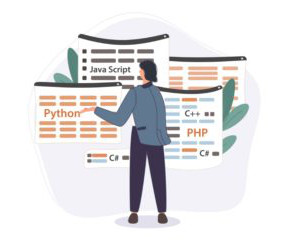
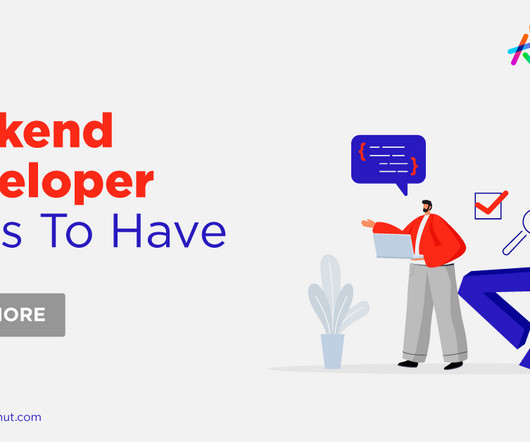


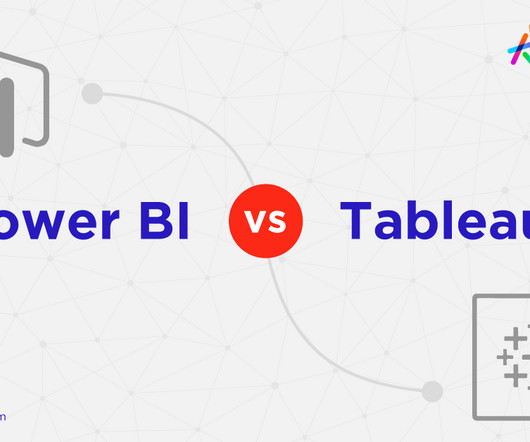


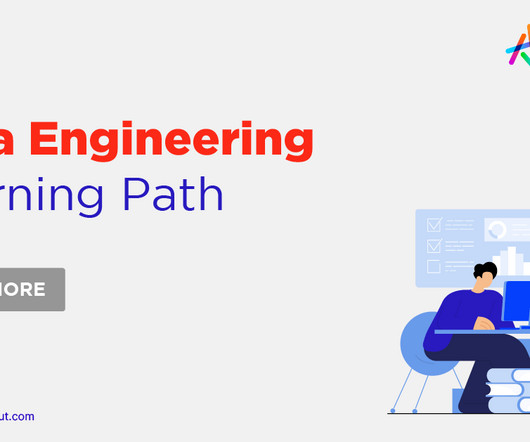
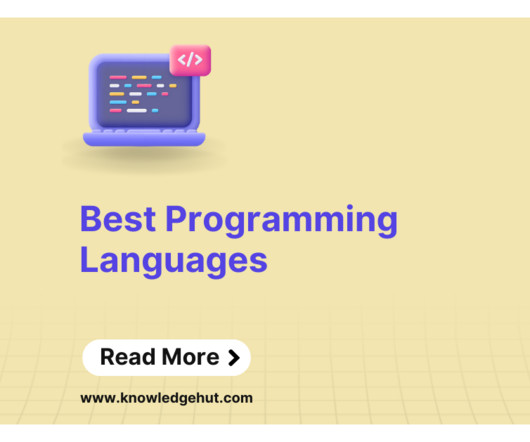
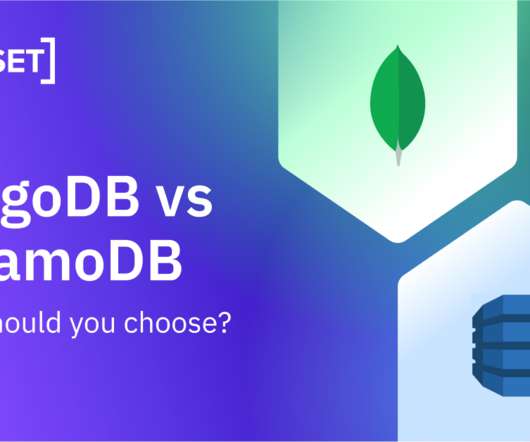
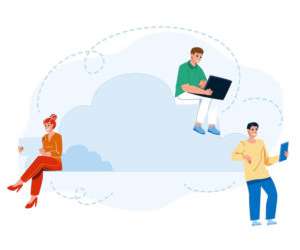
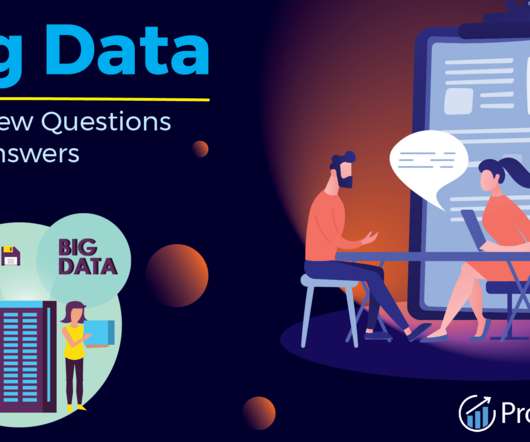

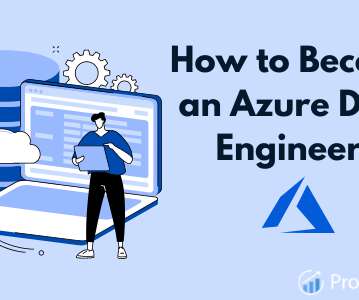
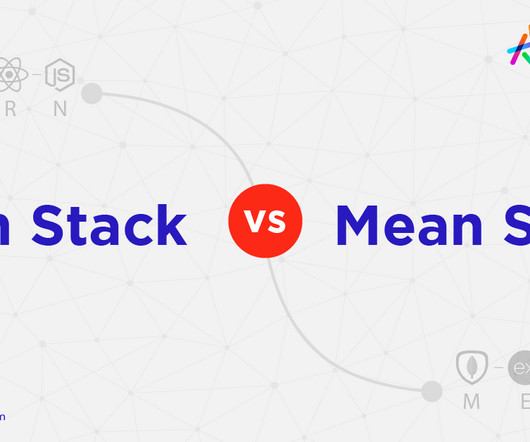
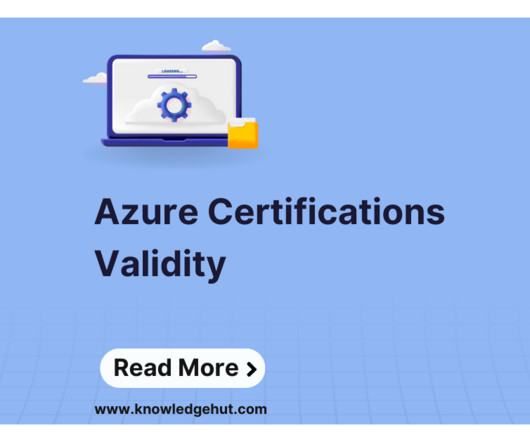






Let's personalize your content